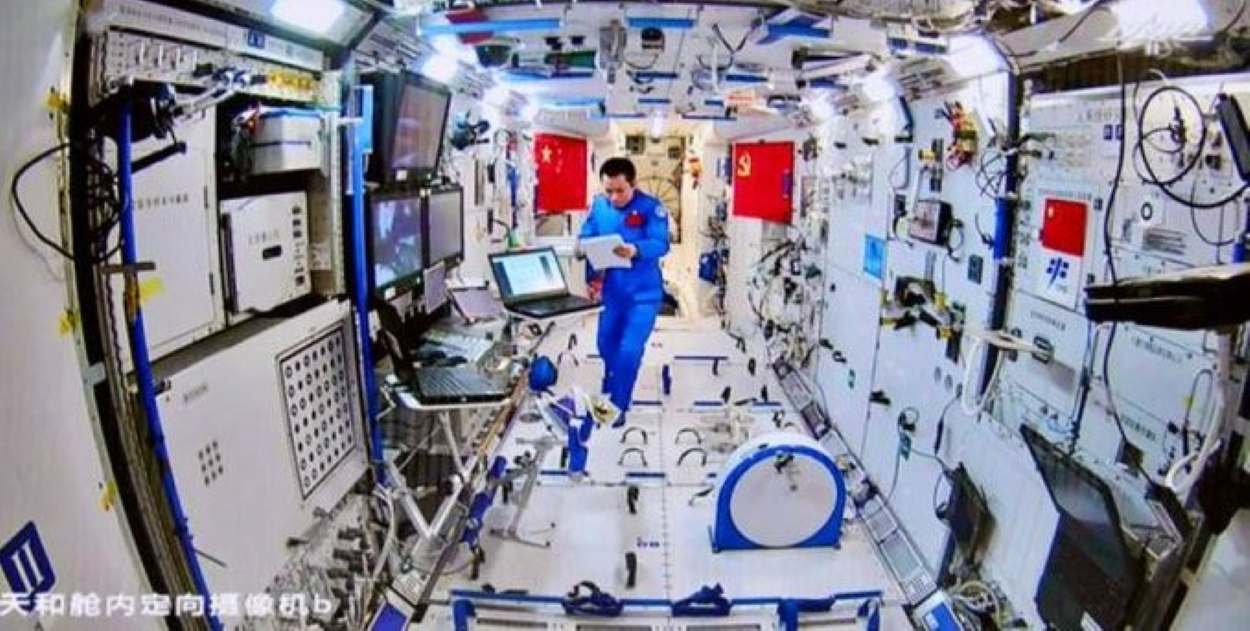Chinese astronauts aboard the Tiangong space station have successfully produced oxygen and rocket fuel through artificial photosynthesis, marking a significant milestone in space exploration. This breakthrough could revolutionize future lunar missions by enabling on-site resource generation and reducing reliance on supplies from Earth.
The experiment, conducted by the Shenzhou-19 crew, mimics the natural process of photosynthesis in plants. The astronauts generated oxygen and hydrocarbon fuel components using water and carbon dioxide through engineered physical and chemical reactions. A semiconductor catalyst and a compact, drawer-like apparatus facilitated the conversion.
Researchers suggest modifying the reaction catalyst in this technology to generate alternative fuels such as methane or formic acid.
This artificial photosynthesis method is far more energy-efficient than electrolysis, the current method used on the International Space Station (ISS) to generate oxygen. Electrolysis can consume up to one-third of the ISS’s power supply, making the new technique a promising alternative for long-term space missions.
Implications for China’s Lunar Base
China plans to establish a lunar base near the Moon’s south pole by 2035, and this technology could play a pivotal role in supporting astronaut survival. The base would become more self-sufficient by generating breathable air and rocket fuel on-site, reducing the need for frequent resupply missions from Earth.
Alongside artificial photosynthesis efforts, China is partnering with Russia to create a mini nuclear reactor to supply power for the lunar base. Astronauts are anticipated to arrive on the Moon by 2030, before NASA’s delayed Artemis missions.
This breakthrough underscores China’s commitment to advancing space exploration through innovative and sustainable technologies. Artificial photosynthesis could reduce dependency on Earth-based resources, paving the way for more ambitious missions, including human settlements on the Moon and beyond.






